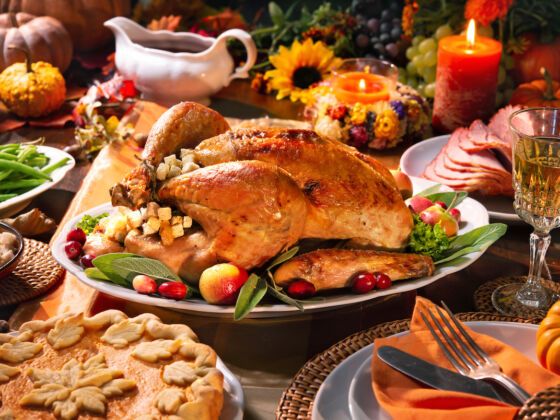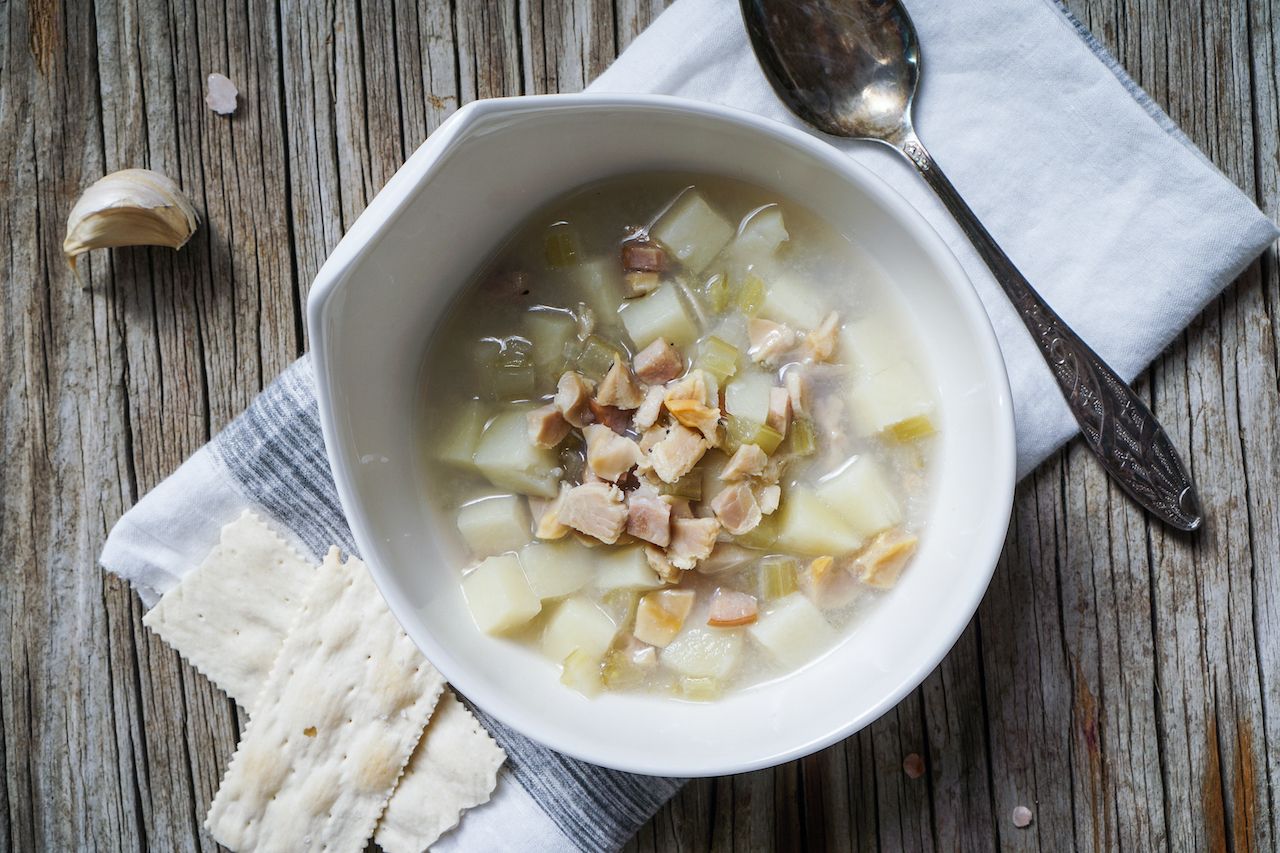No region embodies the concept of Thanksgiving in the United States like New England does. Everything from the myth of the first Thanksgiving in Massachusetts to many of the traditional dishes on the table has a New England influence.
Amy Traverso, senior food editor of Yankee magazine and the host of the PBS series Weekends with Yankee, knows this well. Traverso lives in Massachusetts and grew up in New England. She’s lived in various parts of the US over the years and has embraced many of the Thanksgiving traditions across the country — fresh fruit from the farmers market the day before Thanksgiving in California, for example, and red chilis on the table in New Mexico.

